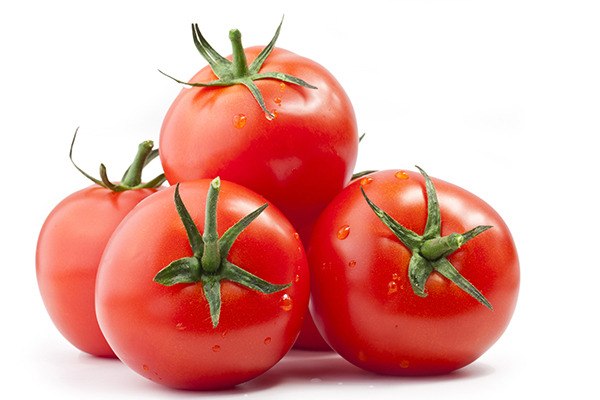It is July – prime time here in the Pacific Northwest for growing tomatoes! Warm, dry conditions and long days of sunshine – perfect settings to produce juicy tomatoes in August and September!
This year the Master Gardeners are growing four varieties at two locations as ”demonstration” to the public. The varieties are ‘Early Girl,’ ‘Sungold,’ ‘Stupice’ and ‘Cosmonaut Volkov.’ The locations are the Master Gardener Demonstration Garden at 2711 Woodcock Road in Sequim and the Fifth Street Garden at 328 E. Fifth St. in Port Angeles.
At the Woodcock Garden the tomatoes are being grown under a plastic high-tunnel as well as in the open. The plastic high-tunnel will help prevent leaves from getting wet.
Wet leaves can encourage fungal disease, a common problem in cool marine environments. Disease tolerance and fruit production will be compared between the two sites and the two growing methods (high-tunnel versus open garden).
Although this is an “observational experiment” rather than a strict scientific experiment, it provides an opportunity for the public to see the four varieties in local growing conditions. When you stop by to look at the tomatoes, take a few minutes to relax and stroll through these two lovely local gardens.
What should you be doing in July in your tomato garden? The basics: water, feed, prune and watch for fungal disease.
Watering
The best way to know if your plants are appropriately moist is to check the soil.
Insert your finger 2 inches into the soil. The soil should be “crumbly moist” but not wet. Expect to water 2 to 3 times per week (rain counts). The real answer to how often to water depends on the quality of the soil, the amount of wind and sun the site receives and the size of the plants.
Consistent moisture level prevents stressed plants (and stressed plants are more susceptible to disease).
Mulching around the plants helps maintain a consistent moisture level. Always keep water off of the leaves to discourage fungal disease.
Feeding
Feed every two weeks with diluted fish emulsion or diluted seaweed liquid (read the label for application rates). Apply a low nitrogen organic fertilizer in the second month after planting or when the plant begins to bloom.
Be frugal on fertilizer application; too much nitrogen can cause excessive vegetative growth.
Pruning
Check plants regularly. Tomato plants are aggressive growers. Foliage production diverts energy from fruit production and can restrict air circulation around the plant leaves.
Remove the leafy shoots (called “suckers”) from between the stem and lateral branch. Later in the season, remove blossoms and immature fruit so maximum effort goes into the ripening of fruit and larger fruit.
Fungal disease
In the Midwest and on the East Coast hot and humid conditions can cause fungal disease.
Here on the Olympic Peninsula, moist and cool conditions encourage fungal disease. Both are deadly. There is no cure once the plant has a fungal disease and the disease affects both the plant and the fruit. Infected vegetation and fruit should be immediately removed from the garden and discarded; do not compost.
Spores easily spread from plant to plant; be very careful when removing infected plants.
Clean up all leaves and plant parts to prevent spores from overwintering in the soil. Rotate crops to help build the soil and reduce the chance of fungal recurrence.
The best way to prevent fungal problems is to keep water (including mist and rain) off of tomato leaves. A high-tunnel over plants is an effective way to keep leaves dry.
Judy English is a Washington State University-certified, Clallam County Master Gardener.


